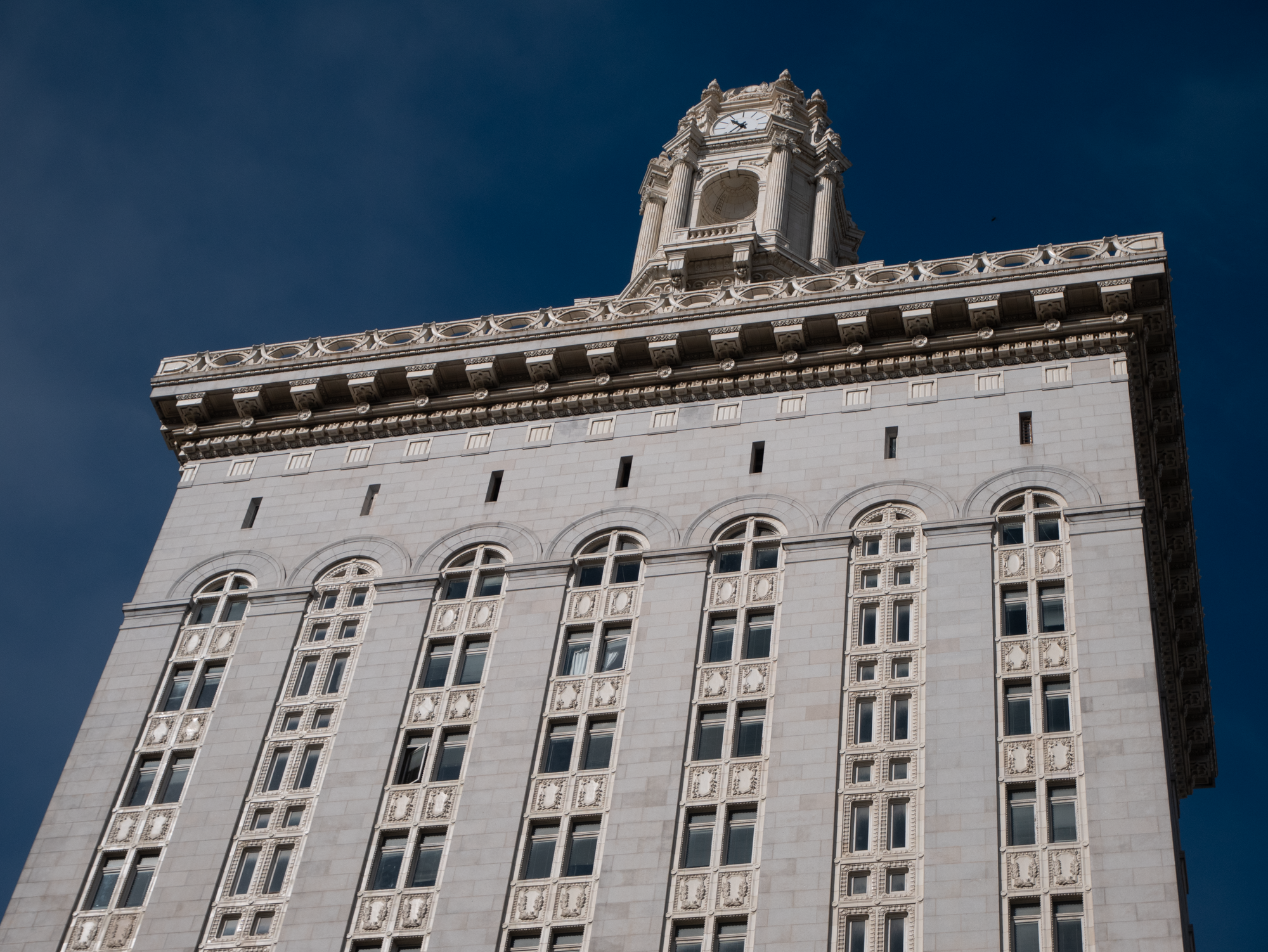


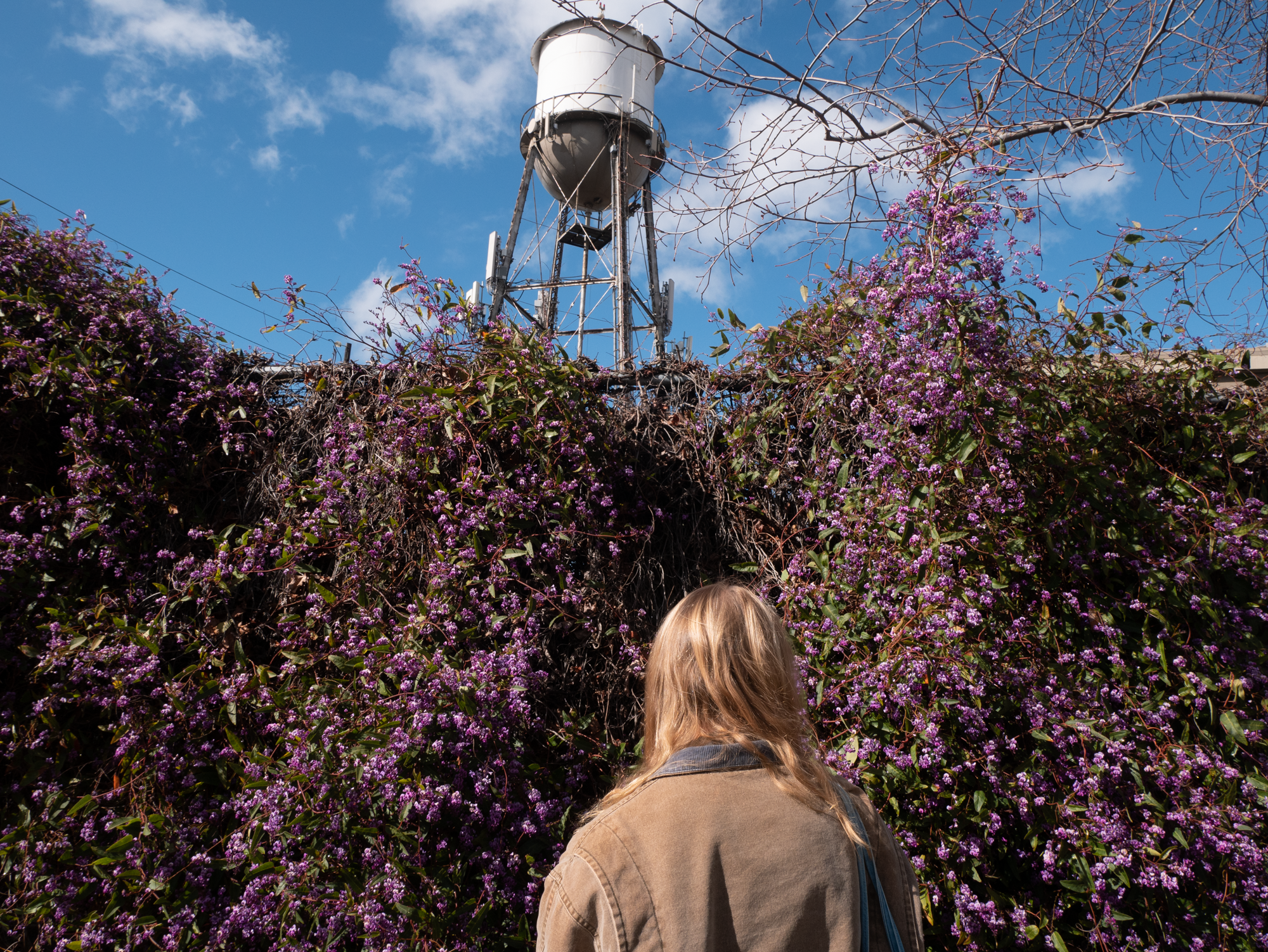
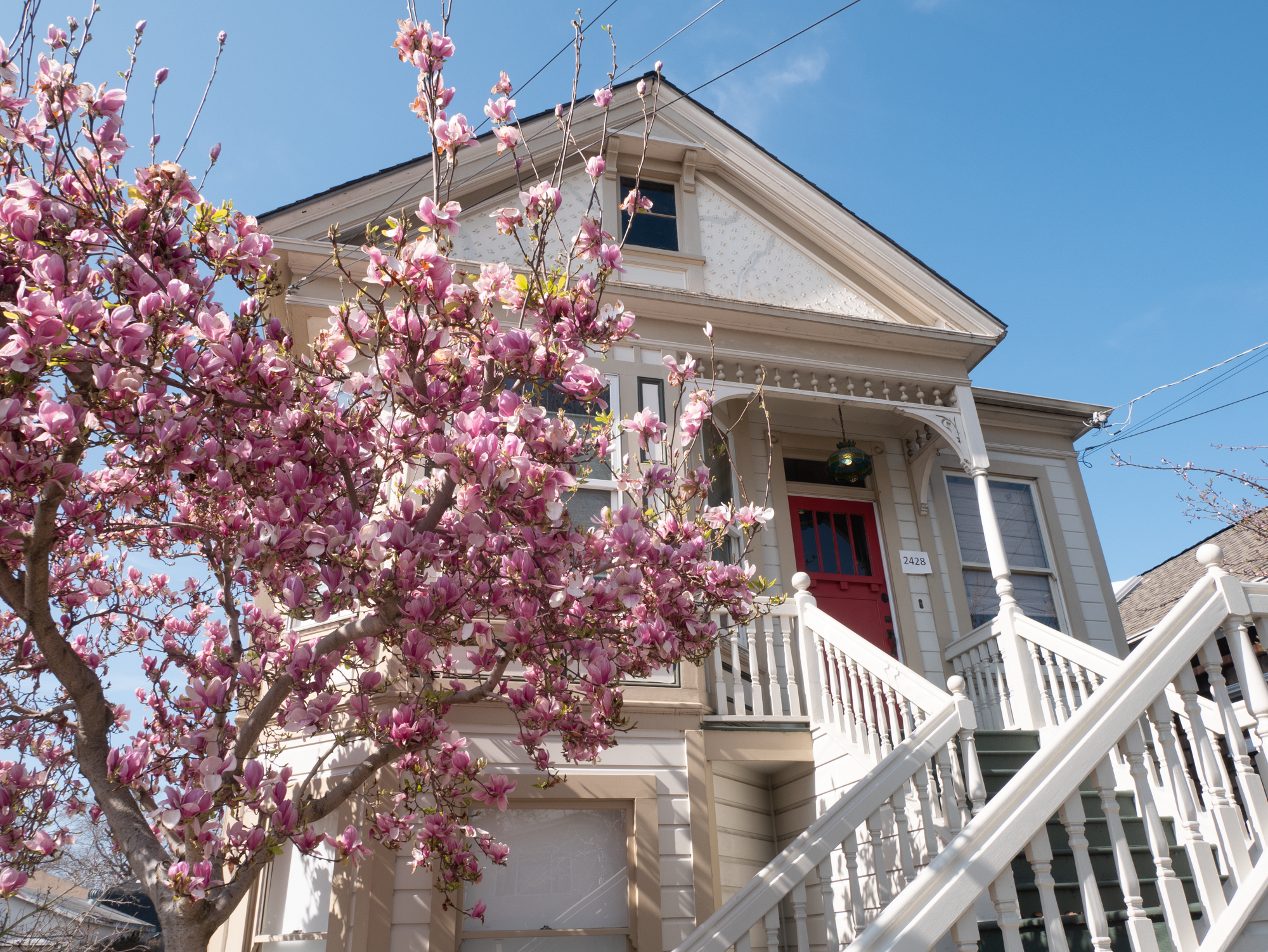

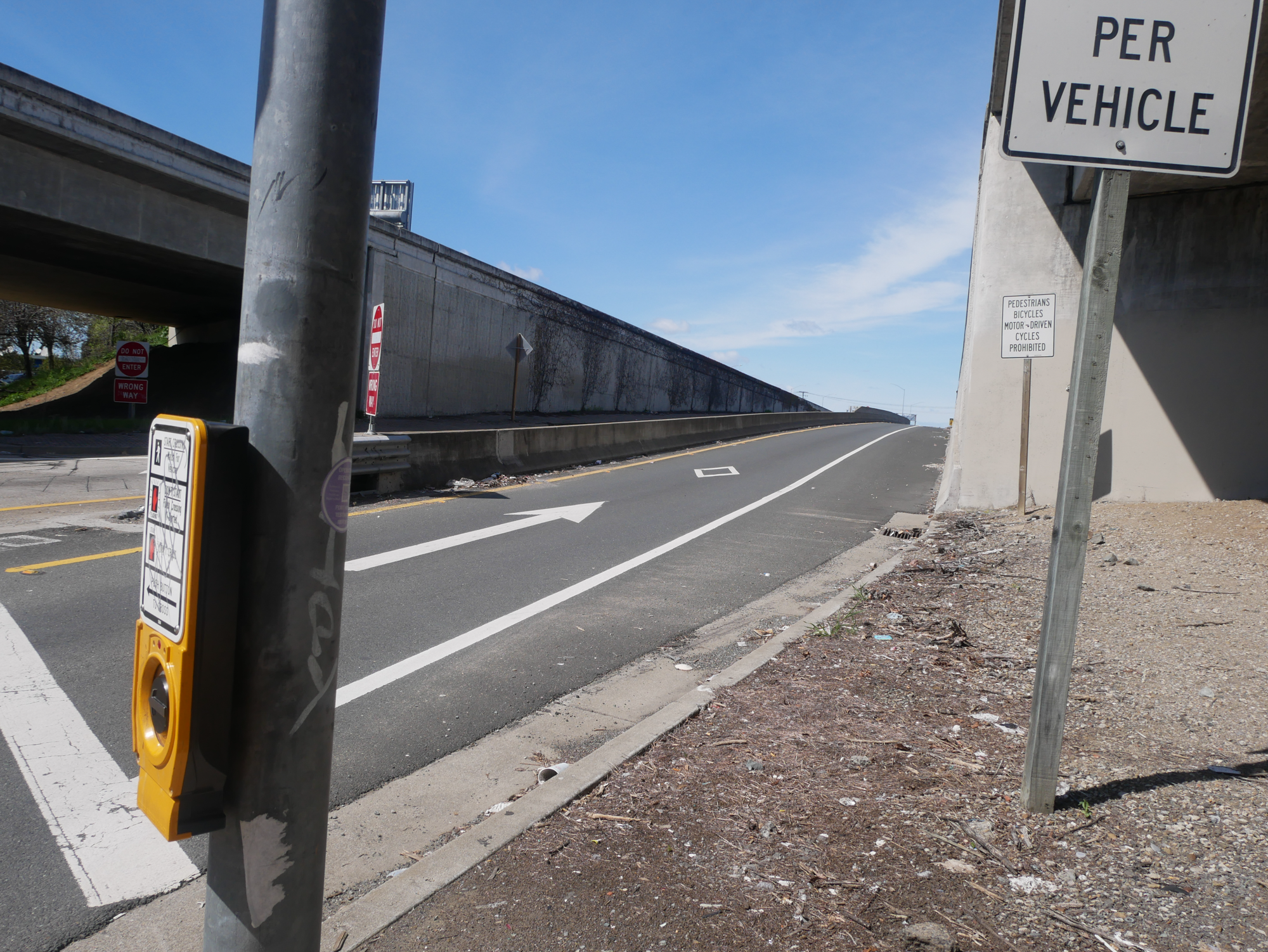
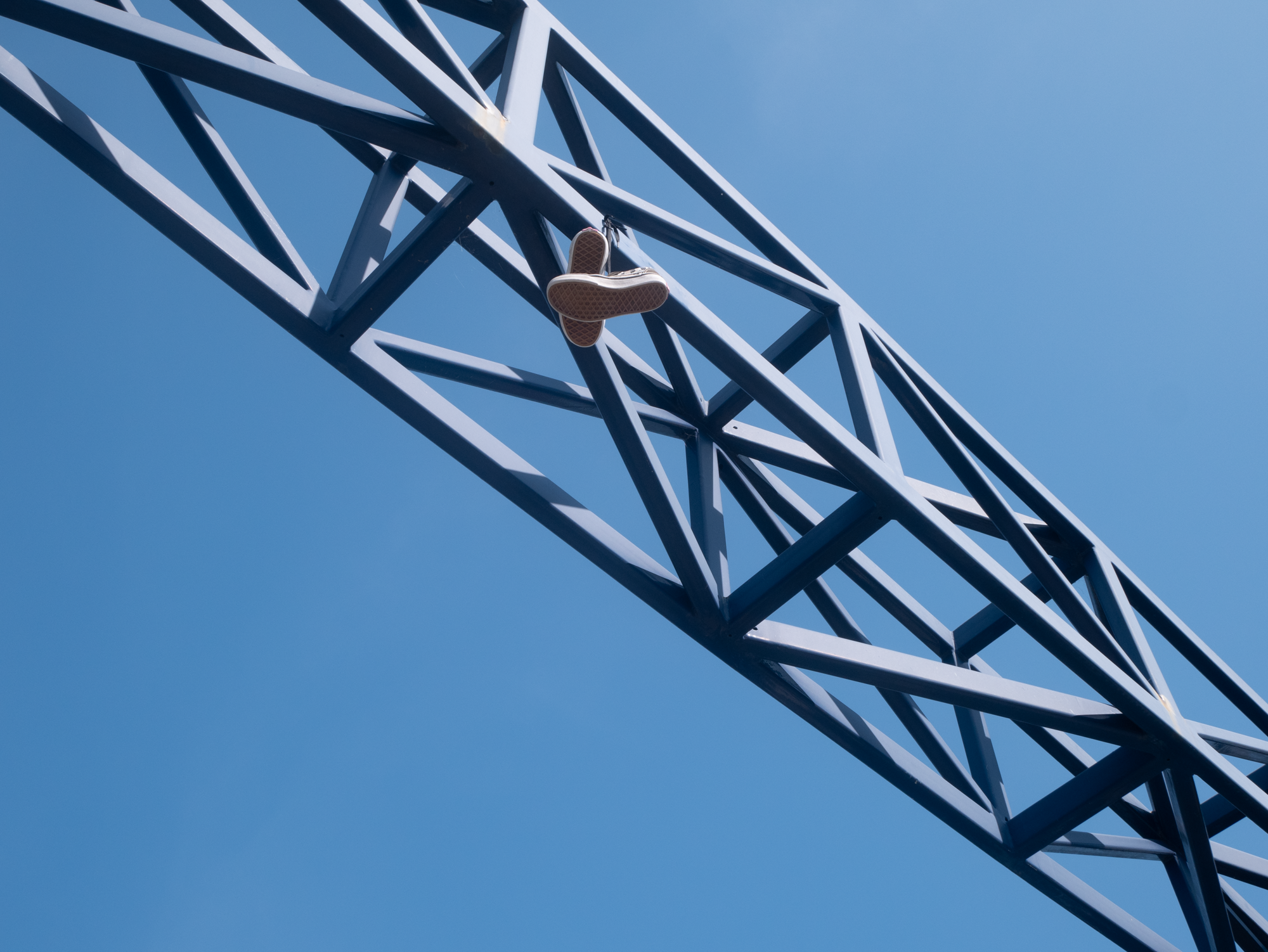
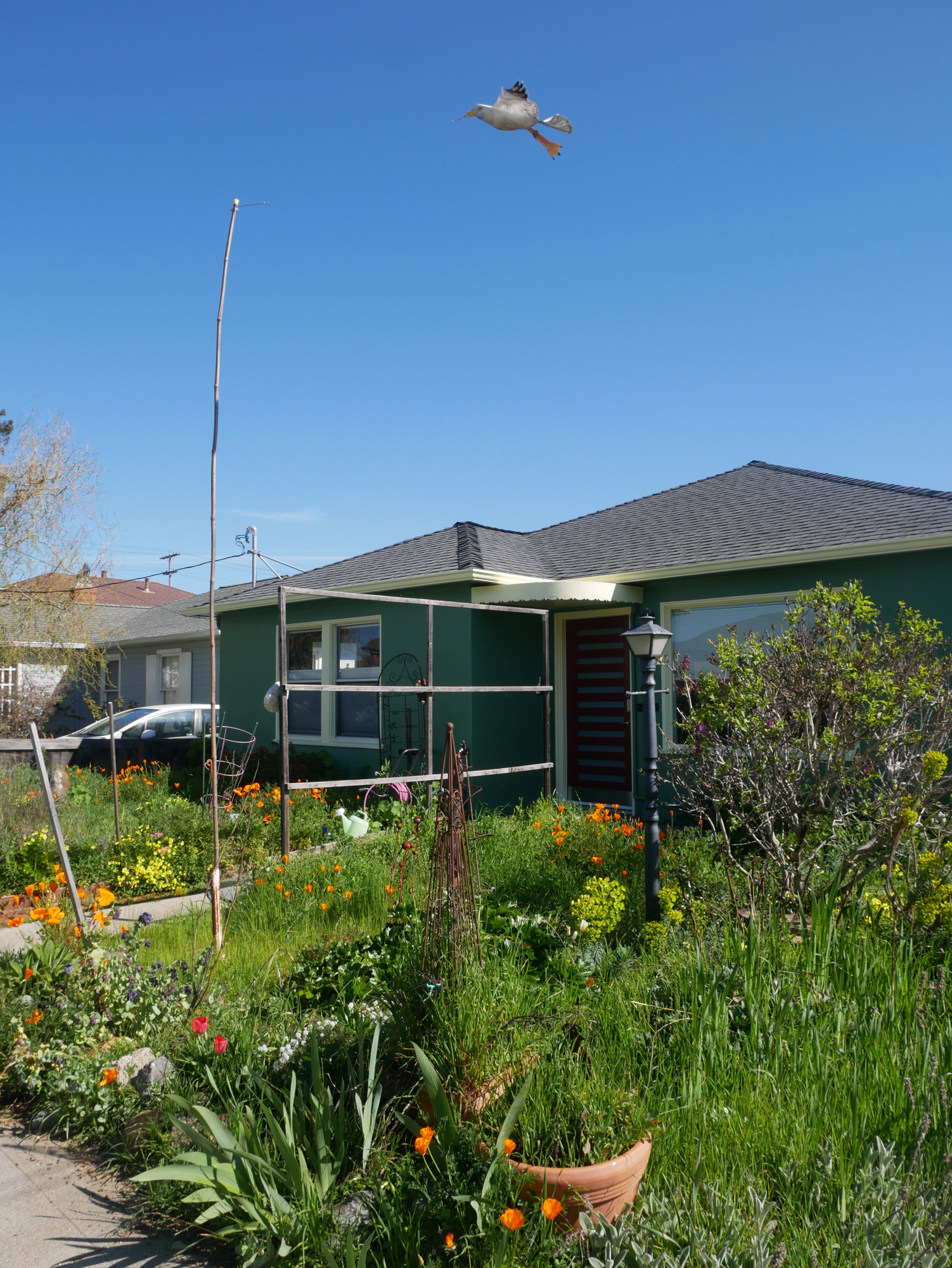
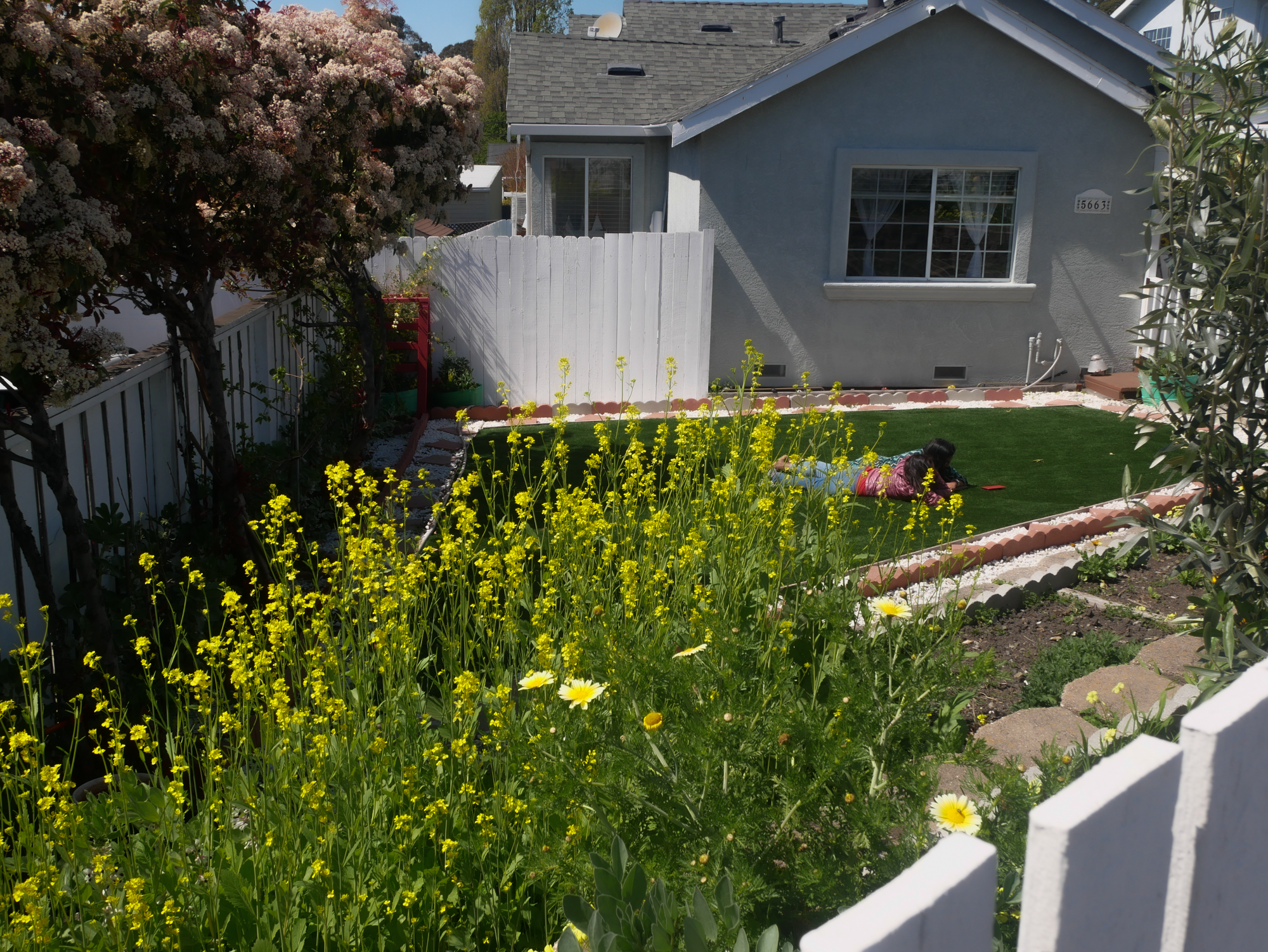

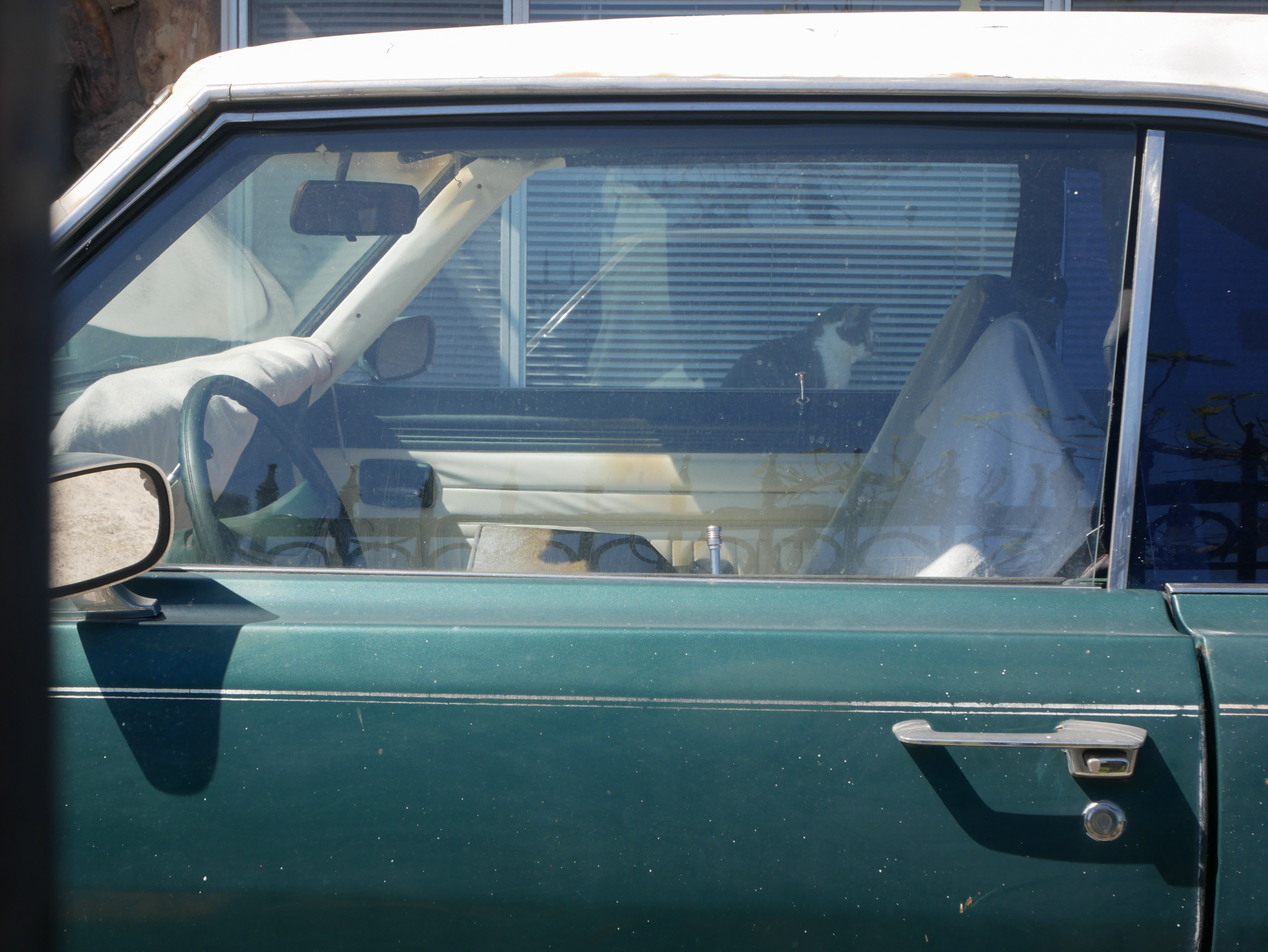
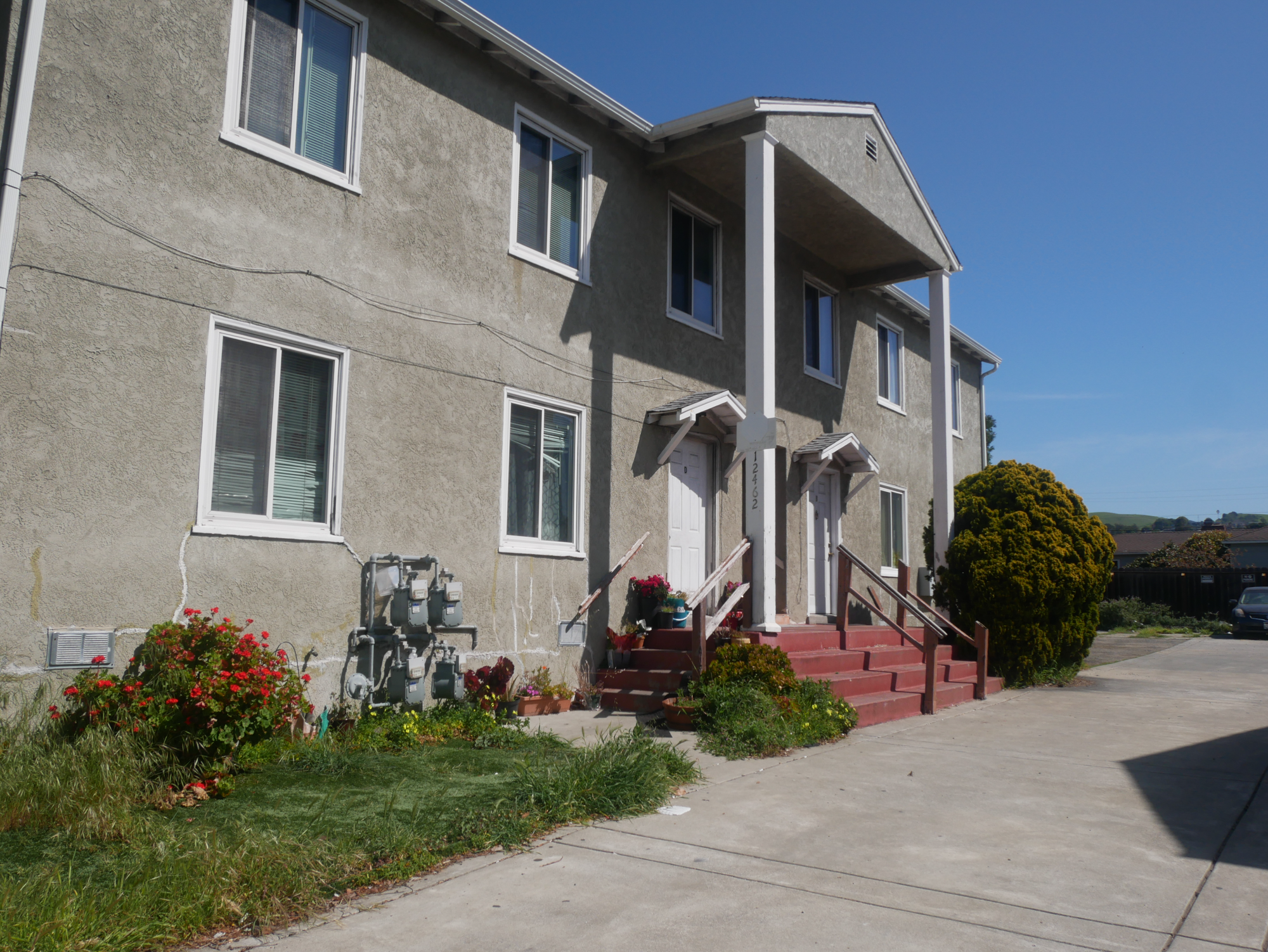
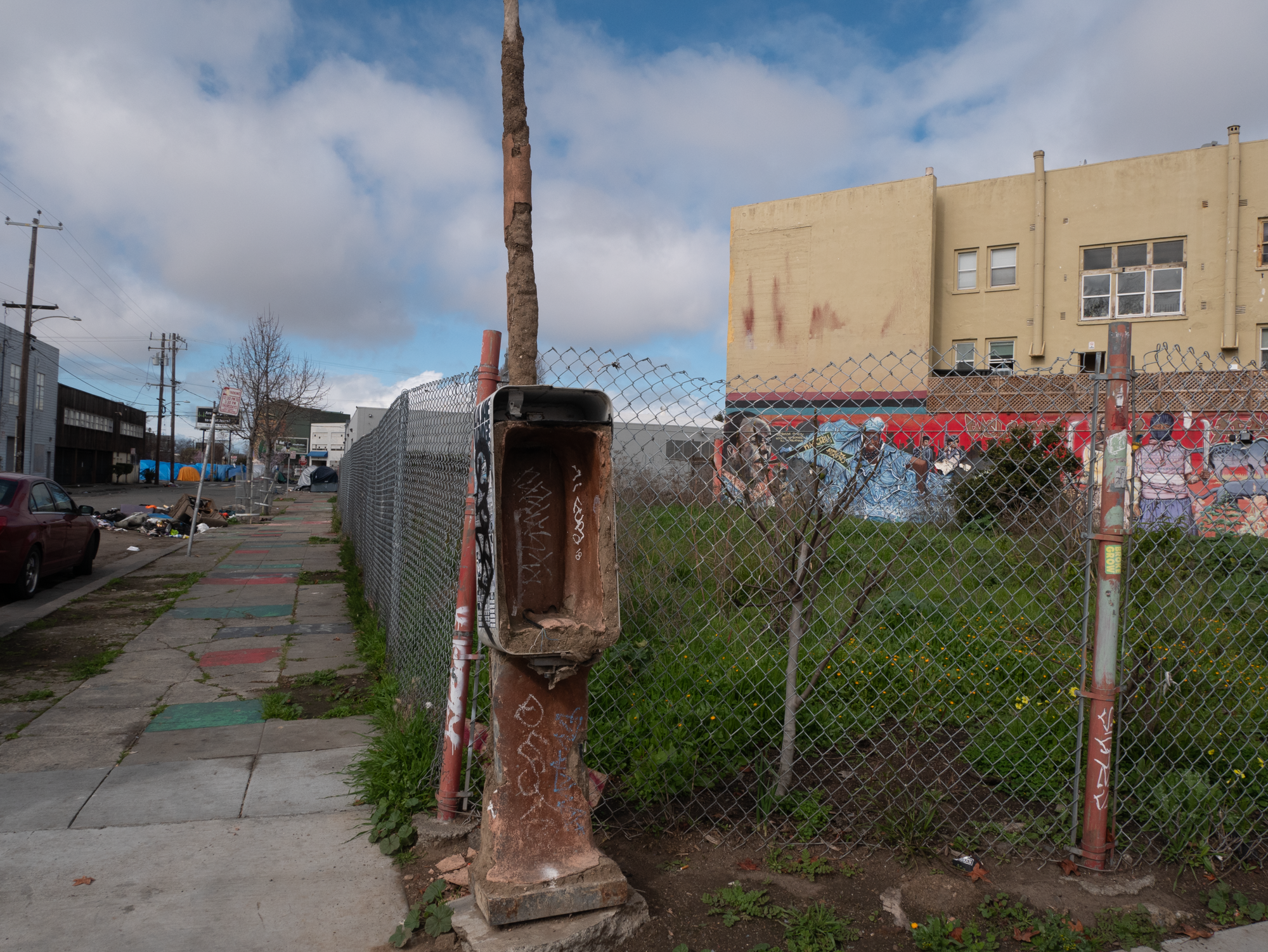
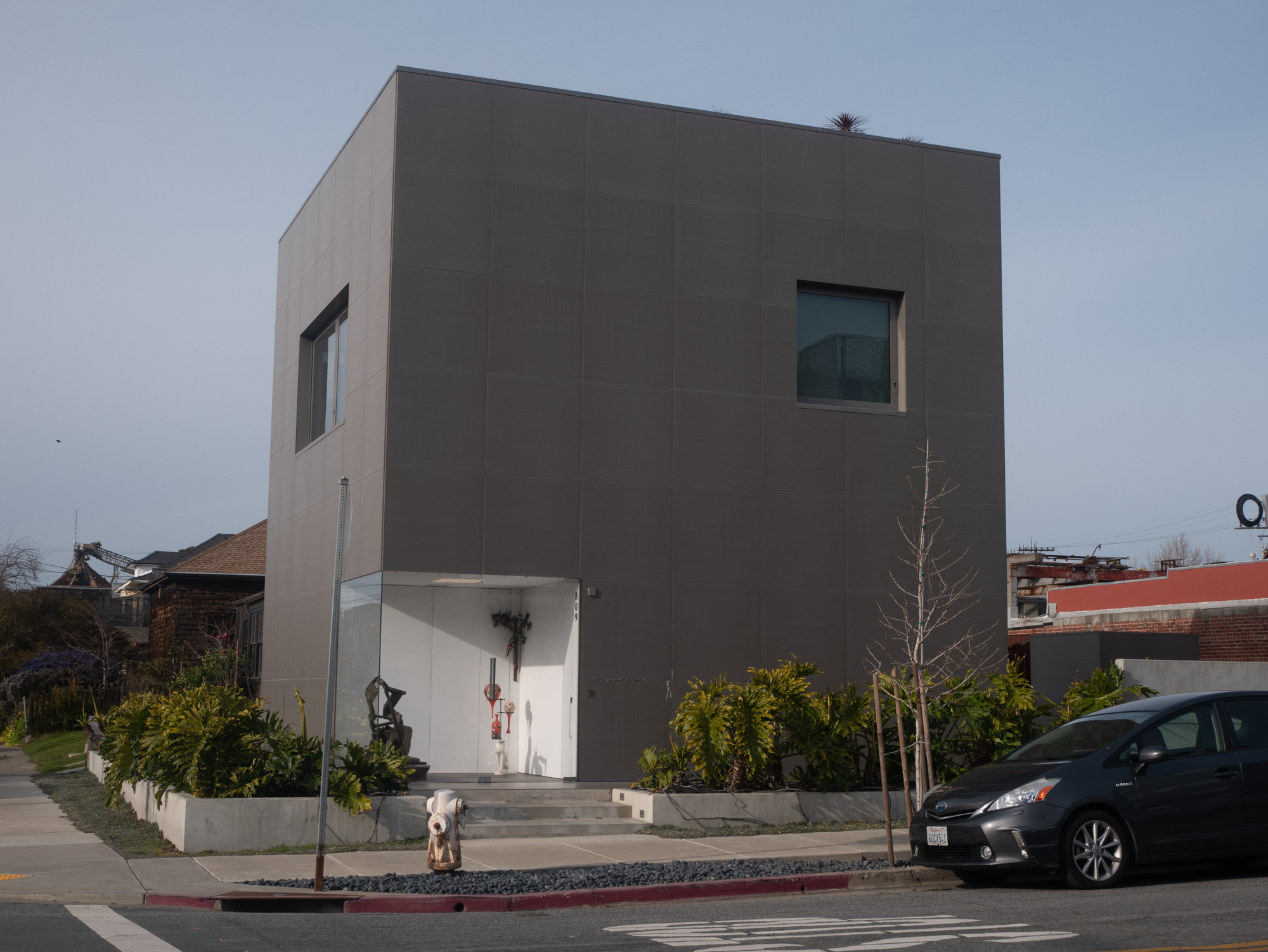
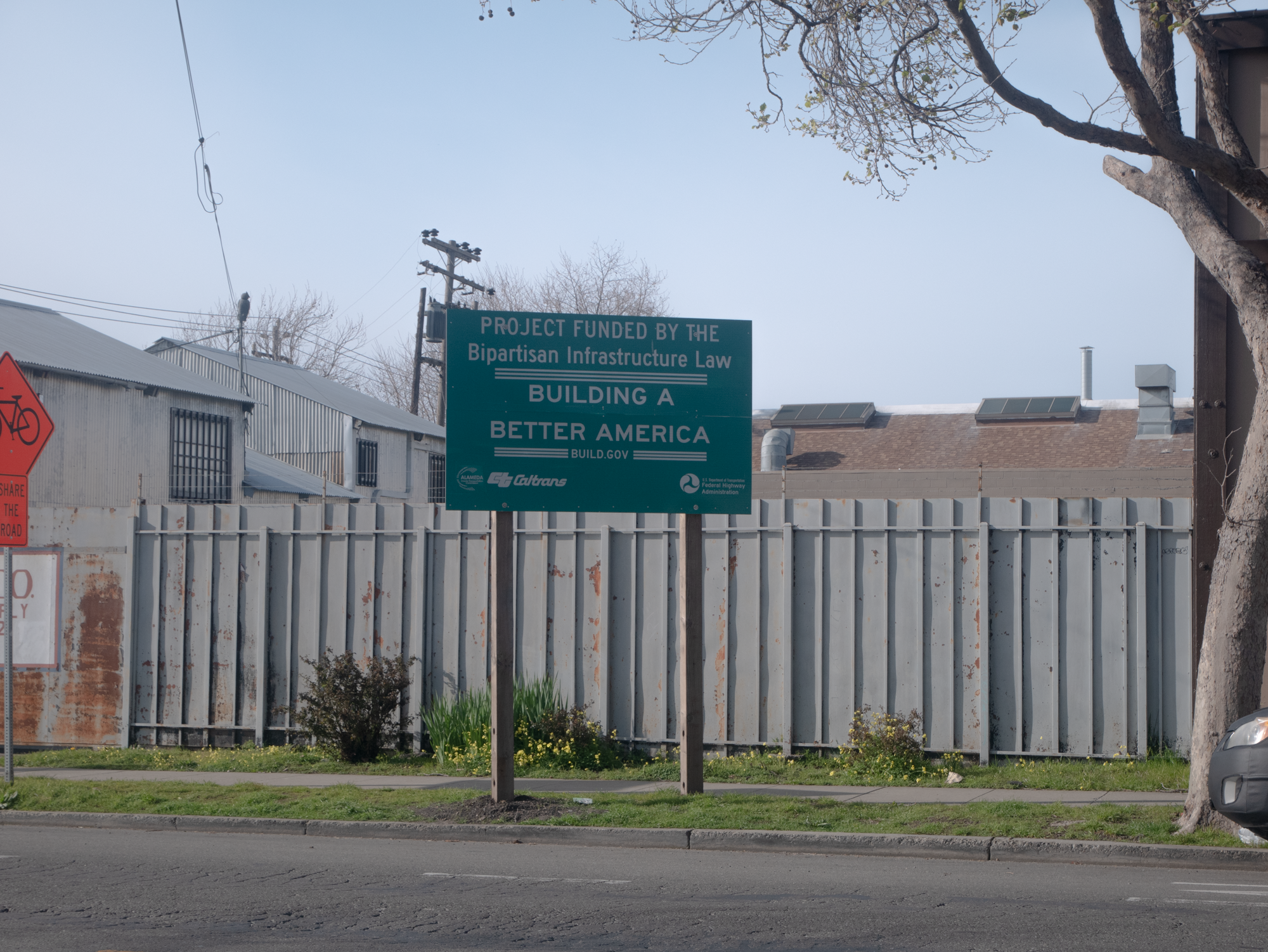

I am from the Bay Area so in the beginning when I was walking down San Pablo Avenue, nothing really stood out to me, however, that has changed throughout the semester. Something as simple as changing the scale of how I view things usually from a car to walking on the streets has challenged my perception of San Pablo Avenue. Much has changed on San Pablo Avenue since I was a child and will continue to change in the near future. Gentrification is continuing to change the landscape of cities. There has been a lot of new development with housing with new condos and apartments being built. So it is important to remember that what you see in the photos may be very different in the near future.
This experience has made me look closer at the relationship between humans and nature. Manicured lawns, paved sidewalks, condos with huge windows in neutral colors, and minimal trees. Something that was interesting to me was that the more rich areas had a lot more nature (trees, shrubs, and flowers) compared to the other areas. To add, during the Emeryville walk I wrote, While walking up San Pablo Avenue I felt cold. The buildings lack character on the main streets. It was much livelier in the suburban areas because of all the plants. In some areas, the plants were overgrown and growing alongside fences giving the impression that the area was kind of abandoned. I felt drawn to nature during this walk because I found that it was the only thing that was alive around.
I barely saw people walking around and many empty stores, maybe it was the time of day we were there and people were still at work. I found it challenging to take photos because my hands were very cold and I just in general felt very bored with the architecture of the buildings. The more “developed” areas were monotonous. Manicured lawns, paved sidewalks, condos with huge windows in neutral colors, and minimal trees. I did not fully connect the socioeconomic implications of having a lawn to wealth until this class. I have learned that lawns are truly a luxury, especially in California due to the water, time, and money it takes to maintain one.
An interesting moment from our trip to Richmond is when we were walking through a neighborhood and came across a tree. The tree had its branches cut off and looked like the stubby trees found around the Bay. Apparently, others have only seen this in the Bay and people do not cut their trees like that elsewhere. Cutting off the branches makes the tree easier to maintain as you do not have to rake up any leaves. Instances like this made me realize that I need to pay more attention to the built environment and how people make their homes.
I had a more architectural focus when I was taking photos. I did not have a strict process that I followed, I just took photos of what caught my eye which was usually people’s houses. I noticed that I liked to judge people’s lawns and photograph them. I came to think of lawns as tiny oases made to get away from the city. In the end, I liked making the juxtaposition of nature and industrialization through my photos.
Overall, this class has taught me to slow down and really take in what is around me as it might not be there next time. The class made me realize that a lot of things that I find normal might not be to others and how things are constantly changing. I was able to reconnect myself to the place I grew up in and see how dramatically the pandemic has changed cities along San Pablo Avenue. I have gained the confidence to walk around with a camera and take photos which I hope to continue. I have come to better appreciate street photography because I learned that it is harder than it seems. This class has made me more curious about how other built environments compare to the Bay Area.